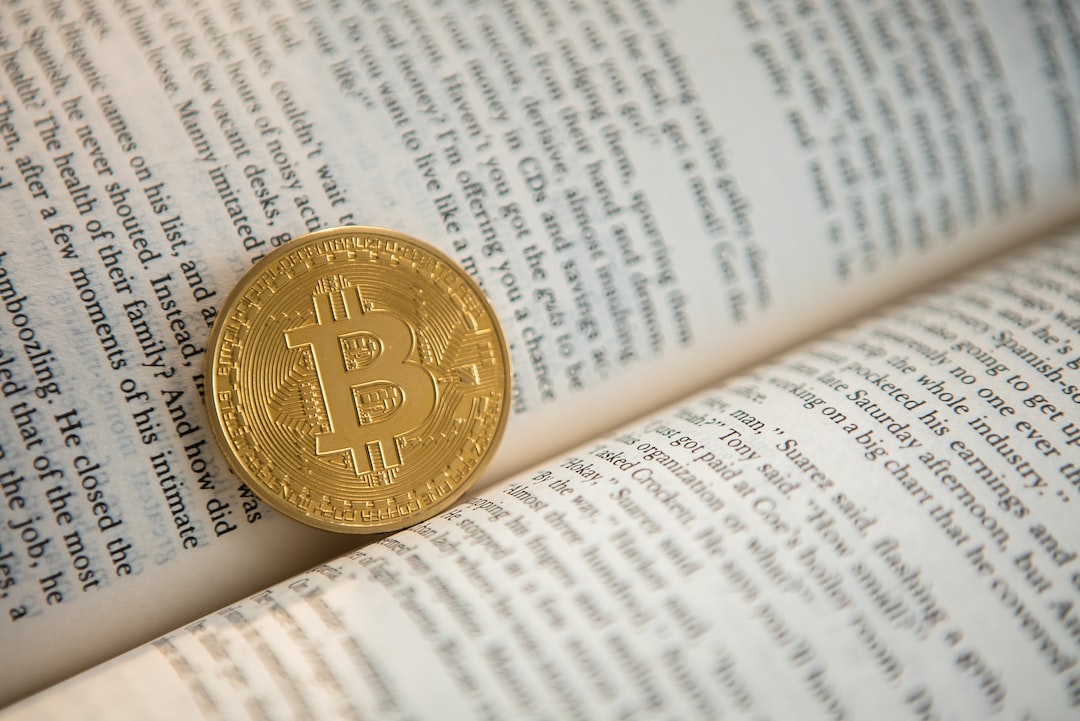Lawyers for Former FTX CEO Sam Bankman-Fried to Shift Blame to Previous Legal Counsel
Lawyers representing Sam Bankman-Fried, the former CEO of FTX, plan to shift the blame to the previous legal counsel of the failed crypto exchange during his upcoming trial. They intend to present evidence that lawyers from Fenwick & West LLP and in-house counsel were involved in reviewing and approving certain decisions. The defense will argue that Bankman-Fried relied on the legal advice he received, which led him to believe he was acting in good faith. The exchange’s lawyers provided guidance on auto-delete policies and loans to FTX and Alameda Research. Fenwick has not yet responded to the allegations.
Key Points:
- Bankman-Fried’s lawyers aim to show that the exchange’s lawyers provided legal advice on key matters.
- Evidence of reliance on counsel is relevant to the question of intent.
- Fenwick & West LLP and in-house counsel were involved in reviewing and approving certain decisions.
- Bankman-Fried was sent to jail earlier this month after being accused of witness tampering.
- Bankman-Fried’s request to meet with his attorneys daily was granted by Judge Lewis Kaplan.
Bankman-Fried’s lawyers have requested more access to review materials and documents for his trial. They argue that his ability to review certain documents in prison is restricted by limited access to technology. Bankman-Fried’s lawyer also raised concerns about his client’s diet and the lack of access to medication while in jail. The former FTX CEO has pleaded not guilty to seven counts, including fraud, and could face over 100 years in prison if convicted.
Hot Take: Bankman-Fried’s legal team’s strategy to shift the blame to previous legal counsel indicates their intention to create doubt about their client’s intent and establish a defense based on the advice he received. They aim to show that Bankman-Fried believed he was acting in good faith based on the guidance of the exchange’s lawyers. However, the outcome of the trial will ultimately depend on the strength of the evidence presented by both sides.





 By
By
 By
By

 By
By
 By
By